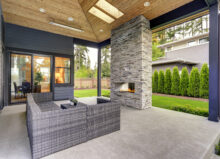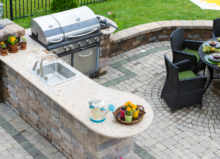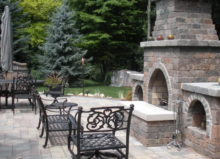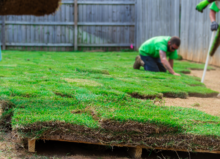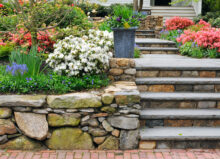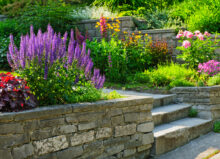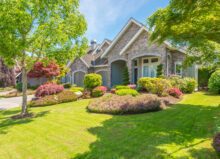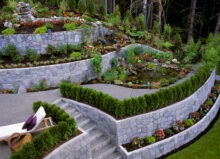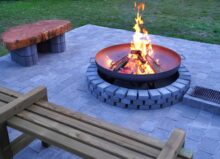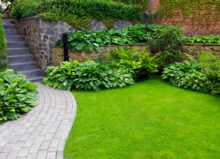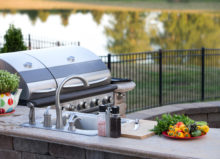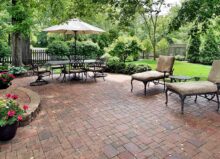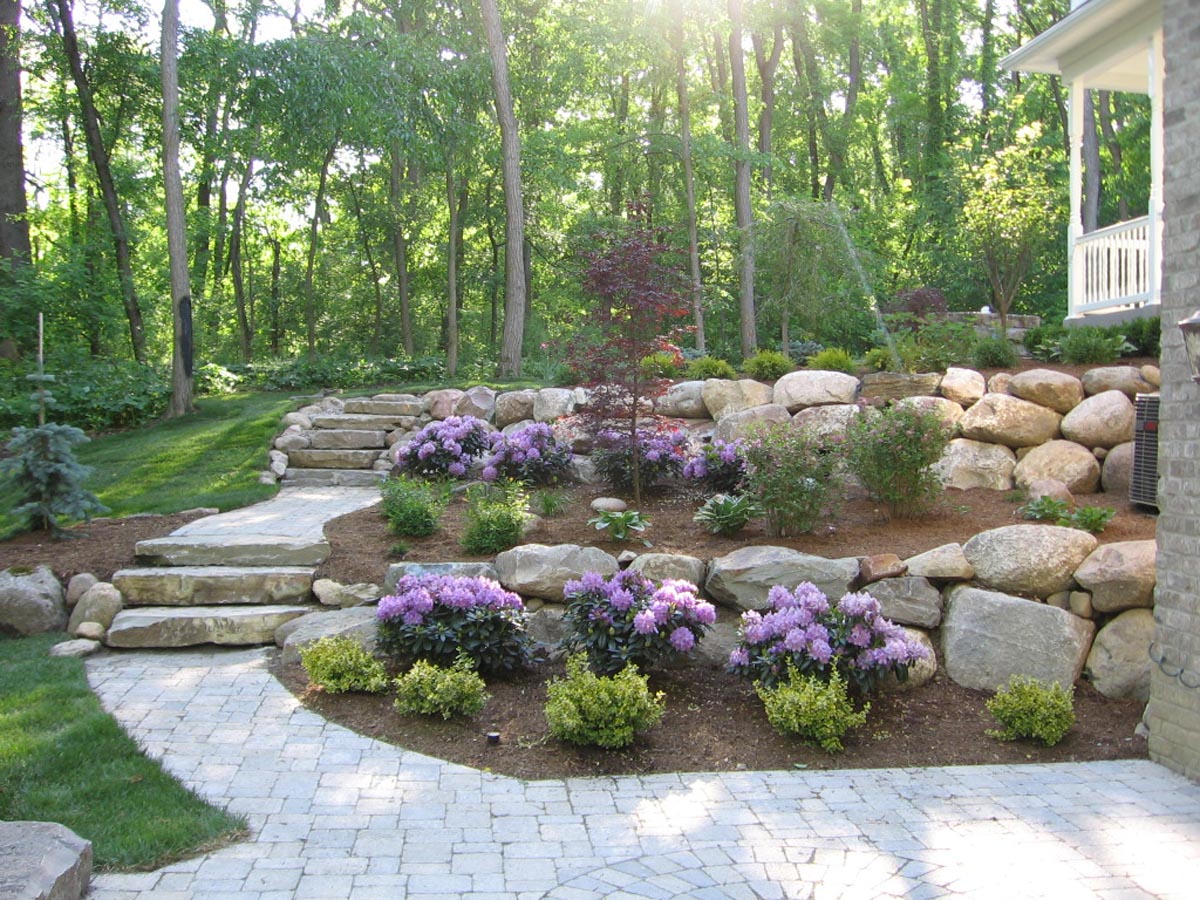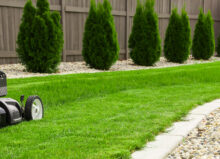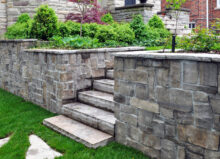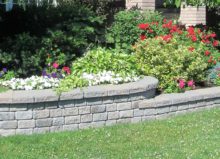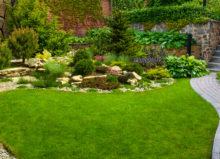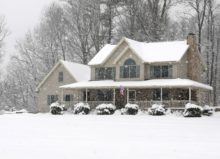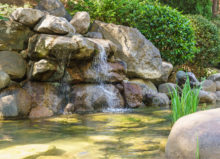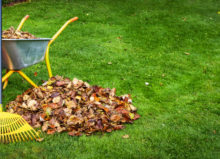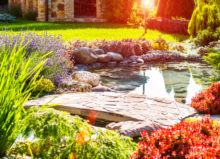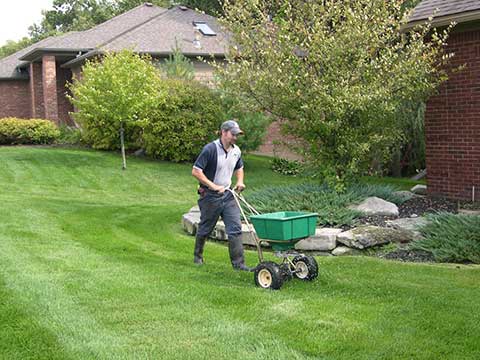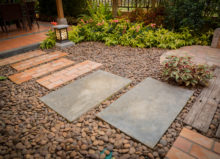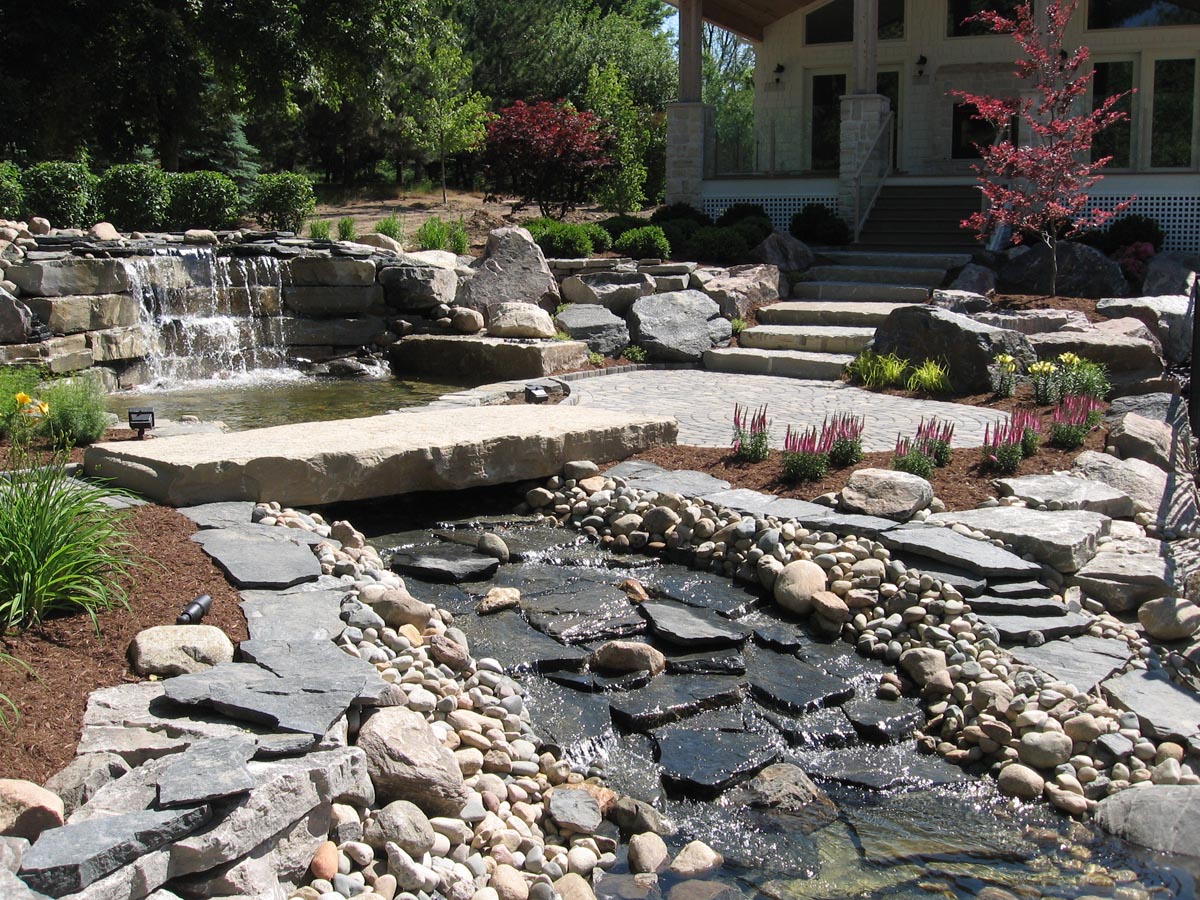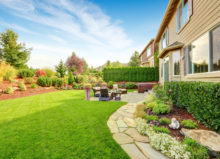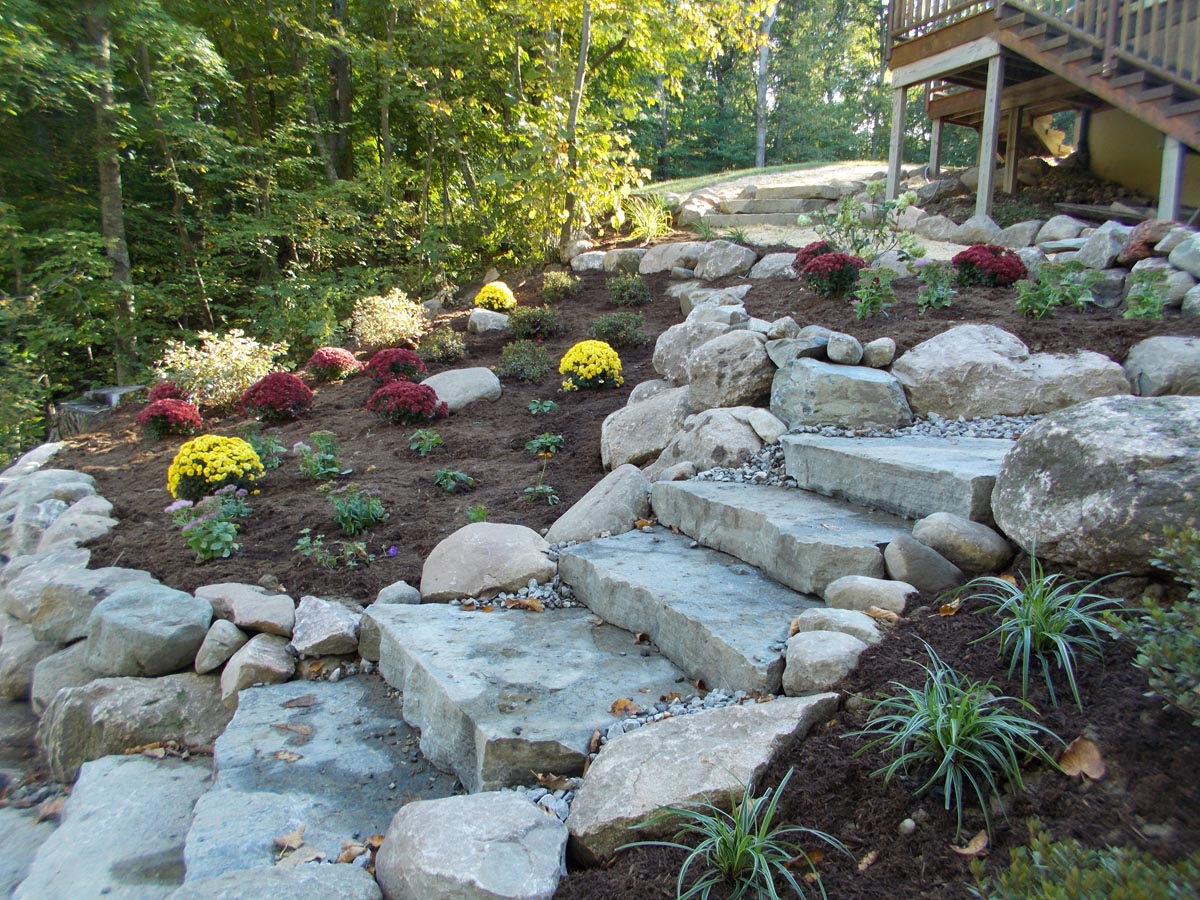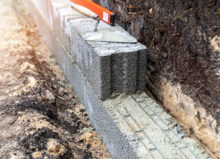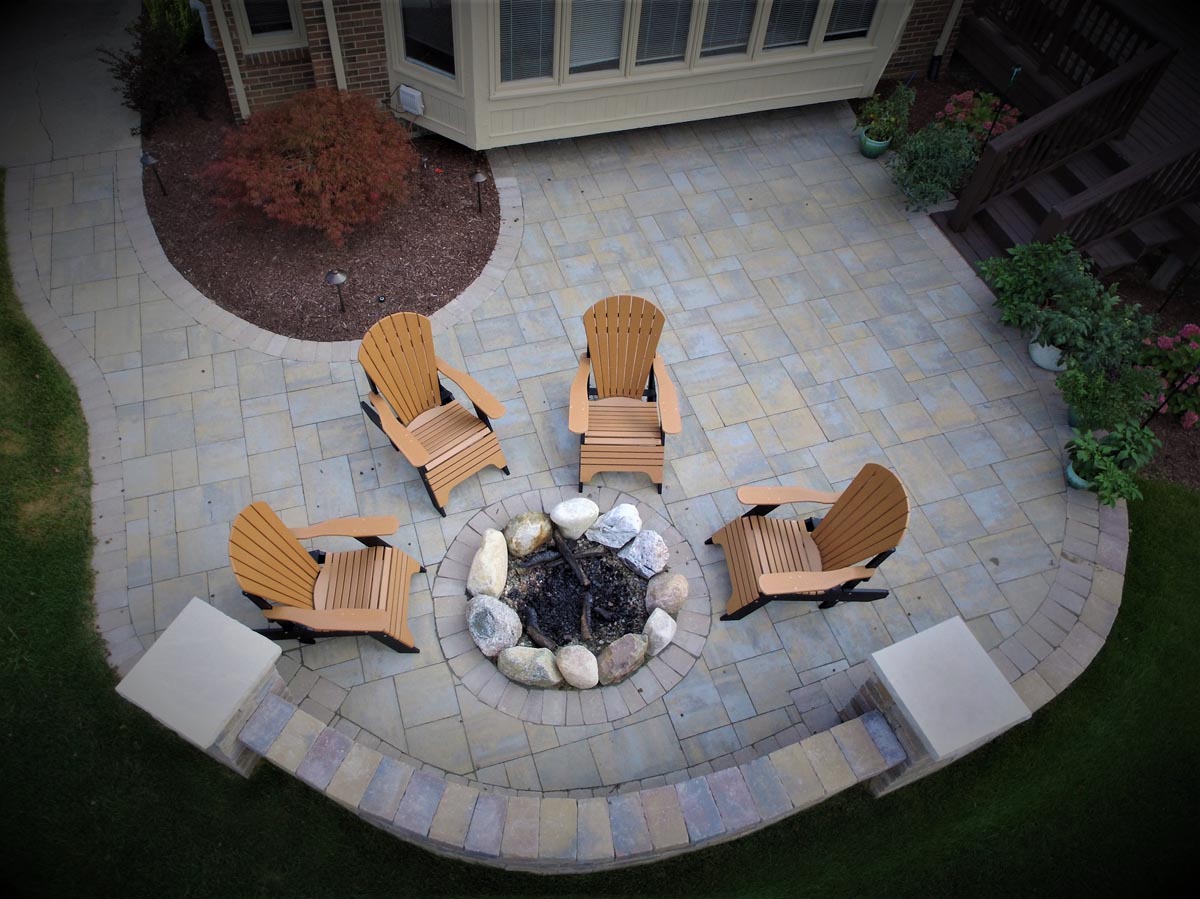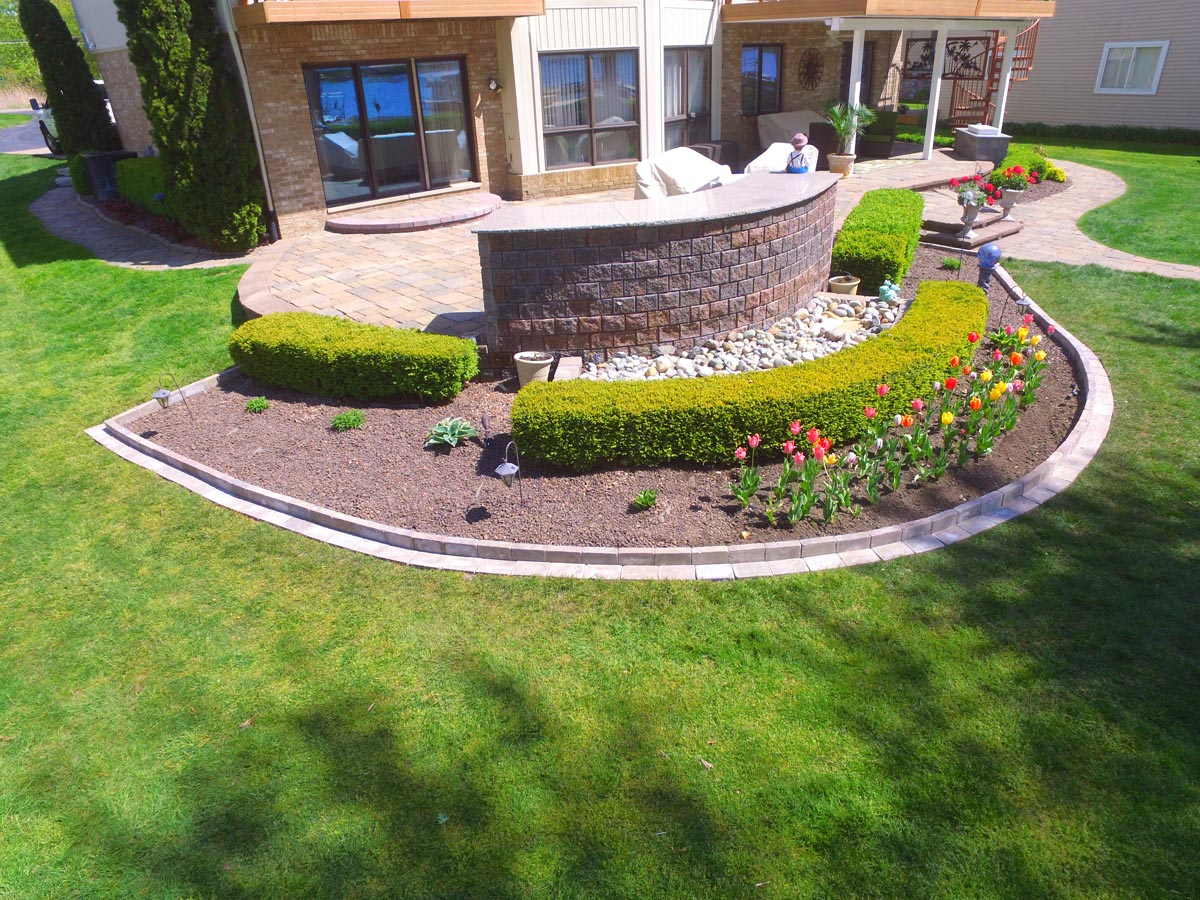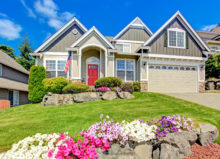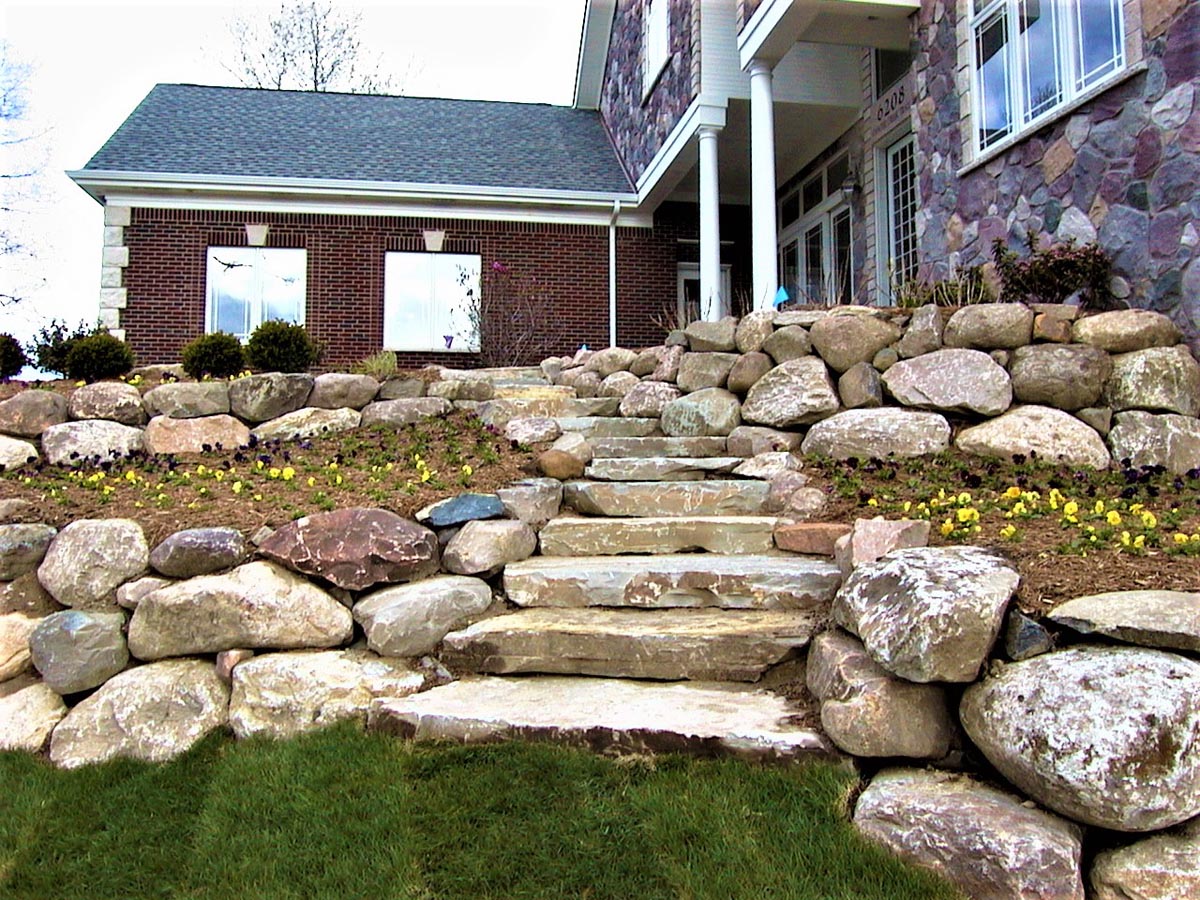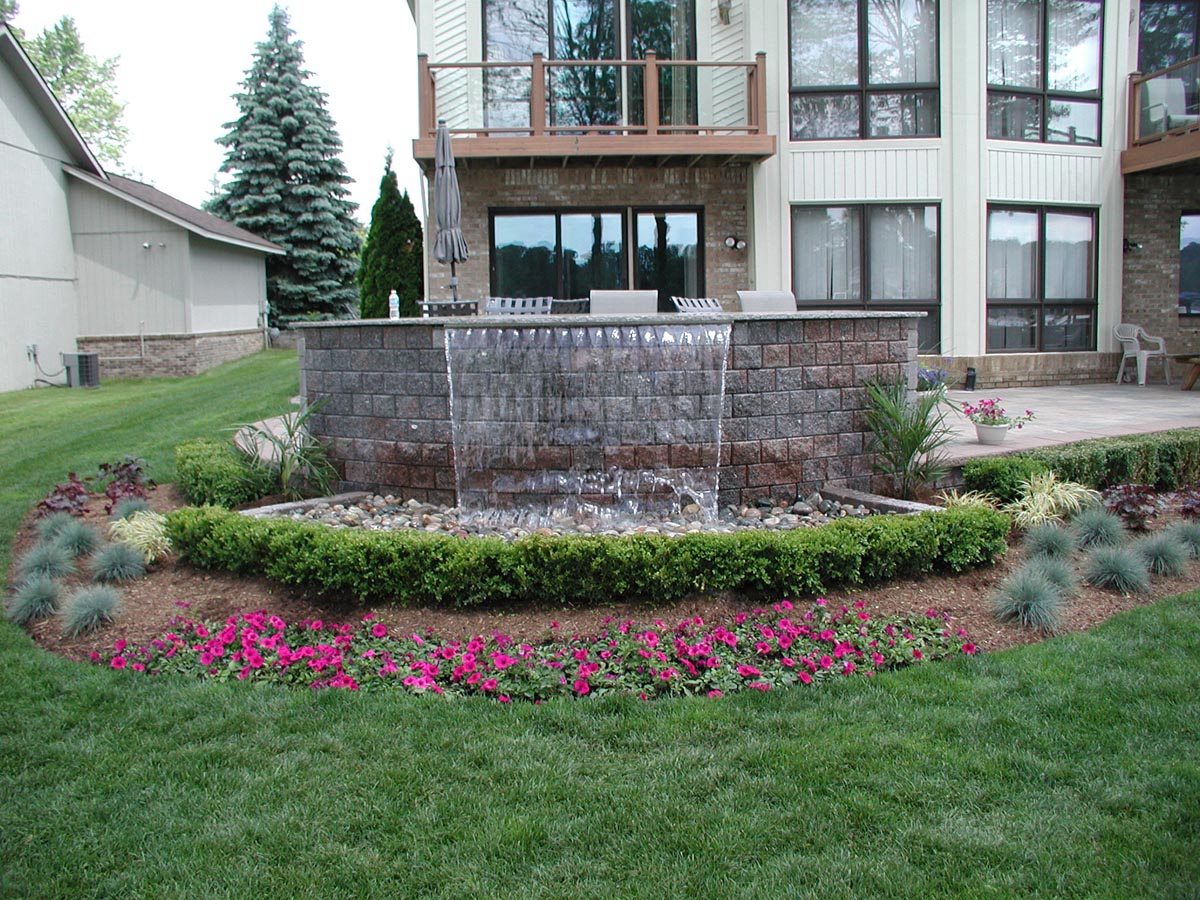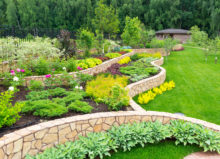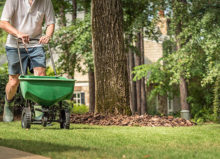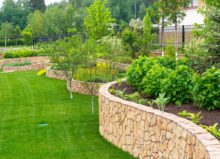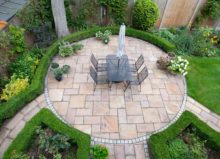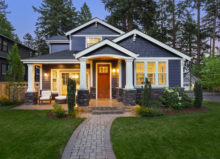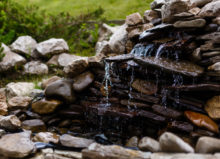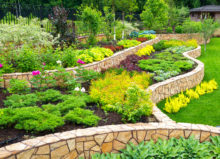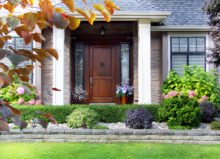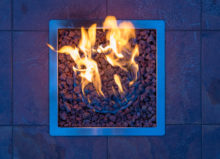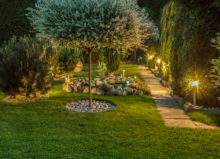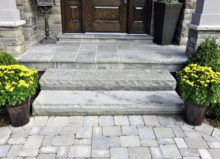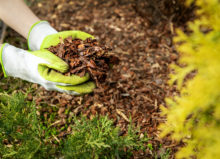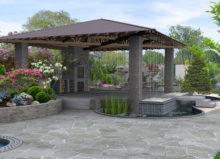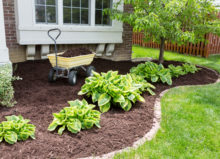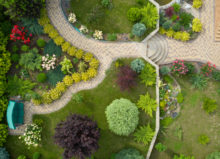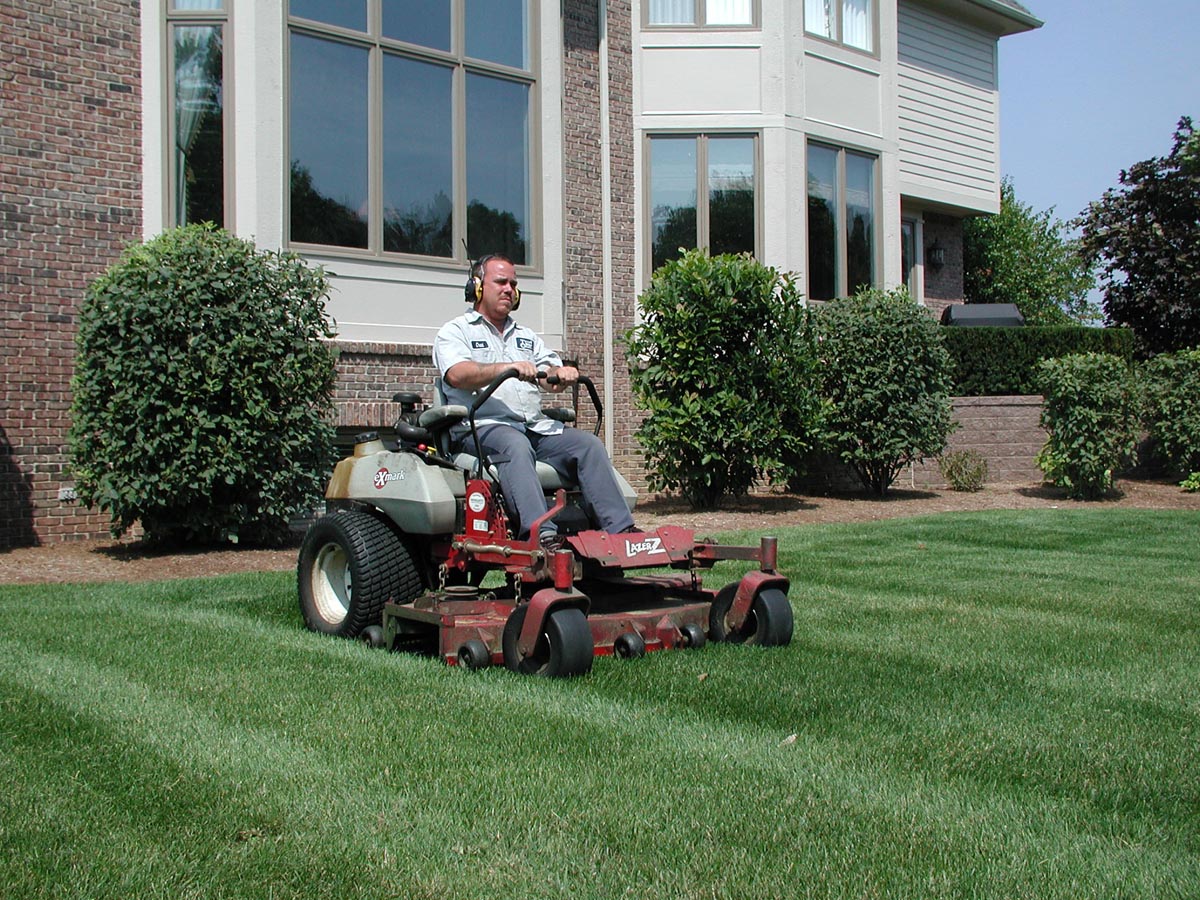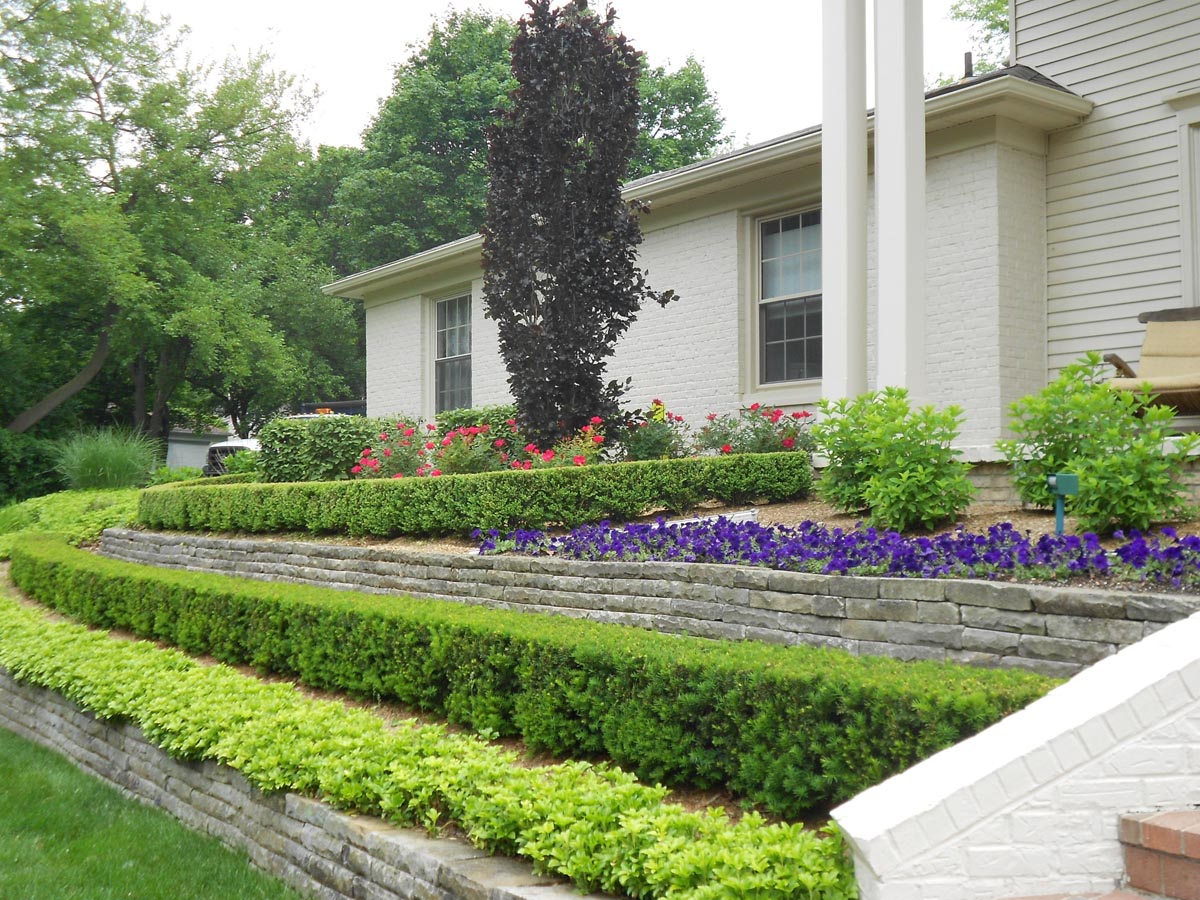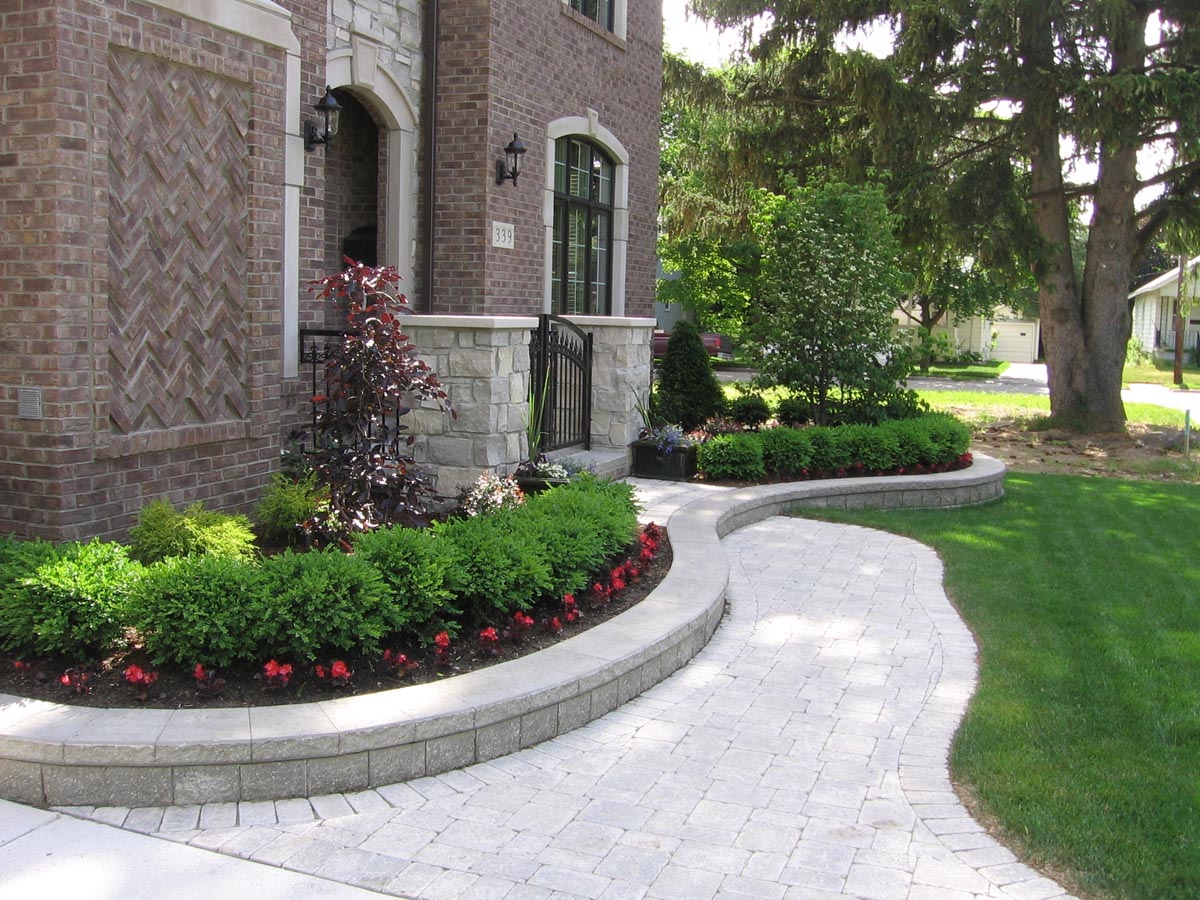Lighting Your Landscape: A Guide to Outdoor Illumination
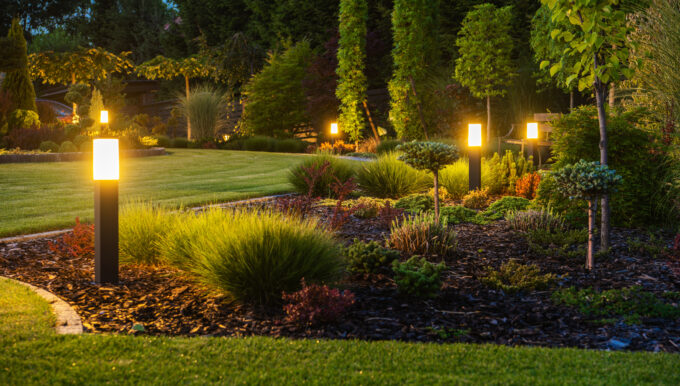
A well-planned outdoor lighting design can transform the panorama of your home or business from mundane to amazing, which is why your landscape lighting scheme is as critical as its indoor counterpart.
Today, you can find nearly unlimited outdoor lighting options. The challenge is discovering which option(s) are right for your landscape.
Keep reading to learn more about some of the outdoor lighting options you can choose from, their uses, and tips on how to effectively place lighting in your landscape.
Types of Outdoor Lighting & Their Uses
There are various styles of outdoor lighting fixtures to consider when planning your landscaping design. Let’s review the key details of each option so you can better determine which might work best for your home or business.
Floodlights & Spotlights
Floodlights and spotlights are quite similar. The primary difference between these two is that spotlights project a more focused, narrow beam of light, typically about 45 degrees. In comparison, floodlights typically have much wider beam spreads, around 120 degrees.
If your goal is to highlight certain aspects of your landscape, like architectural details, then the spotlight will probably be best. And if you want to illuminate larger areas to improve visibility and safety, like in driveways or parking lots, floodlights will probably be the better choice.
Path Lights
As the name implies, path lights illuminate walkways and other paths to improve visibility, safety, and aesthetics. They can be placed at intervals according to your preferences, and are available in various styles, colors, and brightness levels. They are shorter than post lights, typically about 14 inches tall, and are installed about one foot away from the edges of the paths or small alcoves they illuminate.
Decorative Lights
Various styles of modern landscape lighting can help expand the usability of your patio, deck, swimming pool, and other outdoor areas. Bullet lights, deck and patio lights, in-ground lights, marine lights, step lights, and strip lights can all be used in multiple ways to lighten key features of your landscape.
Energy Considerations
When choosing outdoor lighting, opt for solar-powered LED lights. This type of lighting is energy-efficient and surprisingly affordable. Both electric LED and solar LED landscape lamps and fixtures require much less energy to operate than traditional lighting products, commonly about 33% less. They’re also very durable, fairly simple to set up, and have low maintenance requirements. Plus, because they operate on lower wattage, they are safer to work with.
Tips for Effective Light Placement
The goal of landscape lighting is to accentuate the targets of the light without making the light sources obvious. That’s why the placement of your light fixtures is crucial for achieving the aesthetic, safety, and functionality effects that you desire.
When you incorporate outdoor lighting into your landscape:
- Consider uplighting a tree or other focal point with spotlights. This is a basic landscape light design strategy, and it’s commonly used to either highlight the trunk of a tree or shine upward to enliven the canopy.
- Use well lights or spotlights to silhouette plants or structures on your property. Place the light behind the target, shining toward the main focal point where people will be viewing from. This will add a dramatic, glowing aura without revealing the light source.
- Include a waterproof strip of LED lights to add drama and elegance to your fishpond or other outdoor water features.
- Integrate step lighting into the framing of your decks and staircases to enhance safety and make aesthetics pop.
- If you have a long driveway, install tall post lights to tastefully mark the edges of it.
- Use small-beamed bullet lights to focus attention on key landscape design features, like a recess in an exterior wall with integrated ornamental plants.
- Create shadowing effects with floodlights, spotlights, or well lights by placing them between the target item and main vantage point. It’s important to have a wall or another backdrop behind the target to catch and display the soft, moody shadows the lights will create.
- Create a moonlight effect by placing a spotlight or floodlight in a large, open-branched tree, or other tall structure. When placed properly, the light will wash over the branches and leaves, gently cascading downward to create an impressive, magical effect.
- If you have tall evergreens, you can create an incredible effect by placing two spotlights about half-way up the tree—one facing upwards and the other facing down. The bidirectional lighting will glow up, down, and outward simultaneously to generate a year-round staged effect without disclosing the source.
Additionally, before installing lighting, we recommend experimenting with an adjustable-beam flashlight. Small changes in location and angle can yield big effects, so play with the positioning. Stand back, take a look, and make another small adjustment to see the changes. This will help you understand which types of lighting fixtures will work best in your space.
Hire a Professional to Handle Your Landscape Lighting Installation Projects
Effective landscape design and well-placed lighting can quickly make your exterior spaces more usable, enjoyable, attractive, and valuable. However, it’s easy to become overwhelmed by all the landscape lighting options available.
If you need help with your landscape lighting project, turn to Design One. For over 30 years, we’ve helped countless businesses and homeowners bring their visions to life. We can handle all types of projects, including landscape design and lighting installations. You can view our portfolio here, or contact us today to schedule a project consultation.

